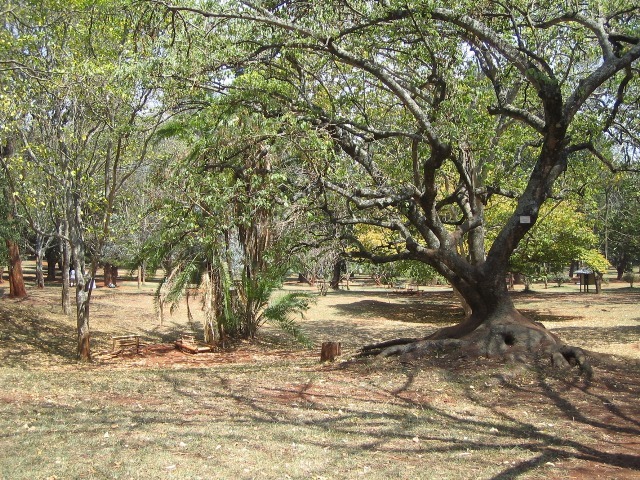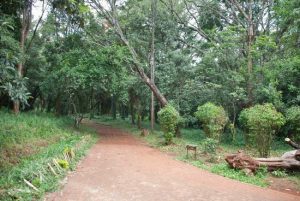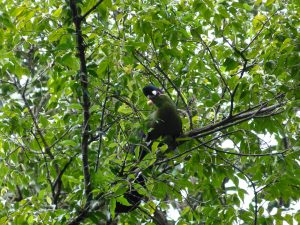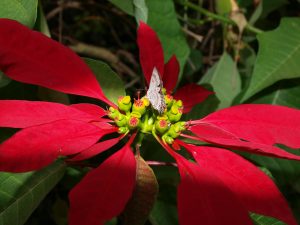Nairobi Arboretum – The Botany of Kenya’s Capital

Image credit: Wikimedia
The story of the Lunatic Express goes beyond the construction of the railroad track. Various sub-projects came to be along the way, and from the onset of its planning in 1896, all the way to 1952, firewood was the fuel source for the steam generated engines.
One might ask where the firewood came from – especially if you consider that Ukambani and a marshy swampland (Nairobi) were areas where the railroad passed through.
The railway project implementers were a group of skilled individuals including foresters whose responsibility was to note the trees growing in areas along and around where the line routed. Their job was also to determine whether the trees of the areas were suitable to use for the engines. Studying the trees took time and patience and soon it was concluded that the indigenous trees in most of Nairobi grew at a slow pace. The foresters suggested the planting of fast-growing softwood trees.
Next, a suitable site – a slight distance from the swampy area and railroad path – was designated, and planting began. The aim was to ‘build’ an arboretum to ensure there was more than enough supply of wood to meet the daily amount needed. At the time of the site allocation, the arboretum was an area of dry, stony grass covered slope with a few scattered thorn trees.
One of the first Chief Conservators of Forests, H. M. Gardener, spearheaded the design process of the arboretum and each year, new trees were planted. Even after construction continued past Nairobi, the Nairobi Arboretum was maintained; but for some time preceding Kenya’s independence, the tree zone was neglected.
Then in the early 1990s, fed up with the lack of a serene space near the city centre, a group of Nairobi residents came together to rehabilitate the botanical tree garden. They formed the Friends of Nairobi Arboretum (FONA), developed a master plan, took the time to restore the arboretum, and finally, reopened it in 2000.
Today, this mini-forest is an ideal and serene spot for quiet walks, meditations, picnics, and morning or evening jogs. There are over 100 bird species, a medley of butterflies, bats, monkeys, chameleons and hedgehogs. The trees are labelled allowing students and researchers to identify and differentiate the flora, and the beautiful flowers are inevitably a sight for sore eyes. The FONA team’s work didn’t stop at the rehabilitation; they have gone ahead to form groups that travel to various schools within and beyond Nairobi providing insight on the importance of forest conservation.
The Nairobi Arboretum offers grounds to hire for both corporate and personal events for the lovers of outdoor occasions – just remember to avoid littering! What’s your most memorable experience at The Nairobi Arboretum?

Image credit: Trip Advisor

Nairobi Arboretum. Image credit: The Urban Birder

Flora in the Nairobi Arboretum. Image credit: Daniel James Moore



